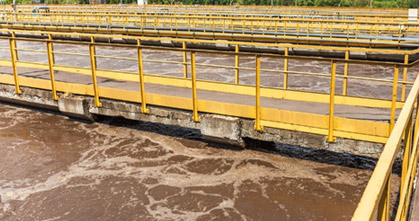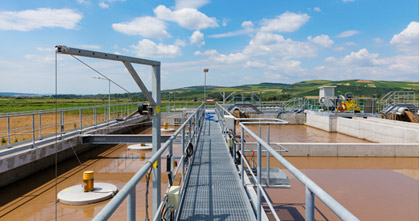A Nitritation-Deammonification (ND) system is an advanced wastewater treatment method that combines two distinct biological processes: nitritation and deammonification, to remove nitrogen compounds efficiently. This energy-efficient approach eliminates the need for traditional nitrification, which converts ammonia to nitrate, a less desirable form of nitrogen that can contribute to eutrophication in natural water bodies.
The
A Nitritation-Deammonification (ND) system is an advanced wastewater treatment method that combines two distinct biological processes: nitritation and deammonification, to remove nitrogen compounds efficiently. This energy-efficient approach eliminates the need for traditional nitrification, which converts ammonia to nitrate, a less desirable form of nitrogen that can contribute to eutrophication in natural water bodies.
The ND process is particularly suitable for wastewater treatment plants with a high-strength ammonia load, such as industrial or anaerobic digester dewatering stream of municipal wastewater facilities. It provides benefits like reduced energy consumption, lower sludge production, and a smaller footprint compared to conventional nitrogen removal methods.
Implementing a Nitritation-Deammonification plant requires careful design, optimization, and monitoring to ensure optimal performance. Process control parameters, such as dissolved oxygen, pH, nitrite-nitrate levels and temperature, must be managed to promote the growth of specific bacteria involved in nitritation and deammonification.









